1. Carwil writes “rewarding loyal allies while punishing governments that question US foreign policy, than with actual results.” And as I tried to demonstrate, this is not only something that happens within USG, but extends to perceptions of citizens as well. Colombia and Peru generally abide by the US status quo. And thus, we think of those nations as “safe, friendly, and inviting” for tourism and developing if not fully developed. Bolvia on the other hand is still seen as dangerous backwater. Their rogue indigenous president can’t be trusted and you can’t even buy tampons in supermarkets! Perhaps that’s a grander extrapolation than I should make purely on DEA relations with GOB, but it definitely does have a reputation, at least among travelers, for being a drug haven. And even Paceños constantly talk about all the corruption in their government having to do with drug smuggling. So, strained diplomatic relations are just the beginning. Perceptions can go a long way, tourism deficits being the least of the repercussions.
2. “Overall, Colombia, Peru, and Bolivia now have a 40-40-20 split of coca production, but only Bolivia is decertified by the United States.” My comment: ahem, politics.
3. “US authorities trace 90% of the US [cocaine] supply to Colombia.” So why is Bolivia decertified? Certainly, cocaine consumption in South America may be a larger market for Bolivan coca, and hectares of coca cultivation have surpassed the GOB allowances. However, it still certainly seems that as a “world producer” Bolivia is not that much of a threat.
But in the end, what this all makes clear (at least to me) is the way the “War on Drugs” serves to further cultural imperialism. The US blames a consumption problem on producing states, ignoring (and attempting to erase) traditional Andean practices of coca chewing. Their “needs” are put above those of other governments’, devaluing non-North Atlantic cultural priorities in the process.
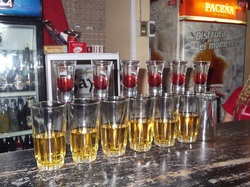
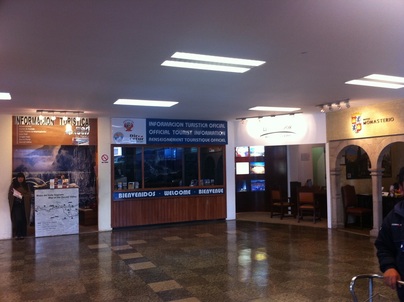
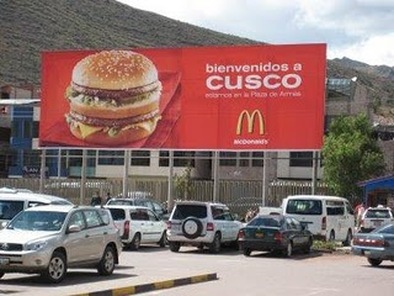
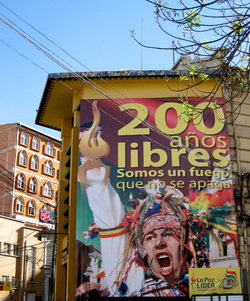
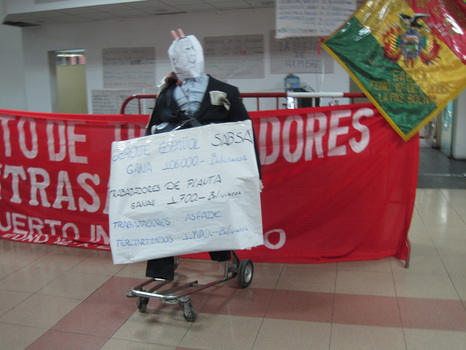
 RSS Feed
RSS Feed
